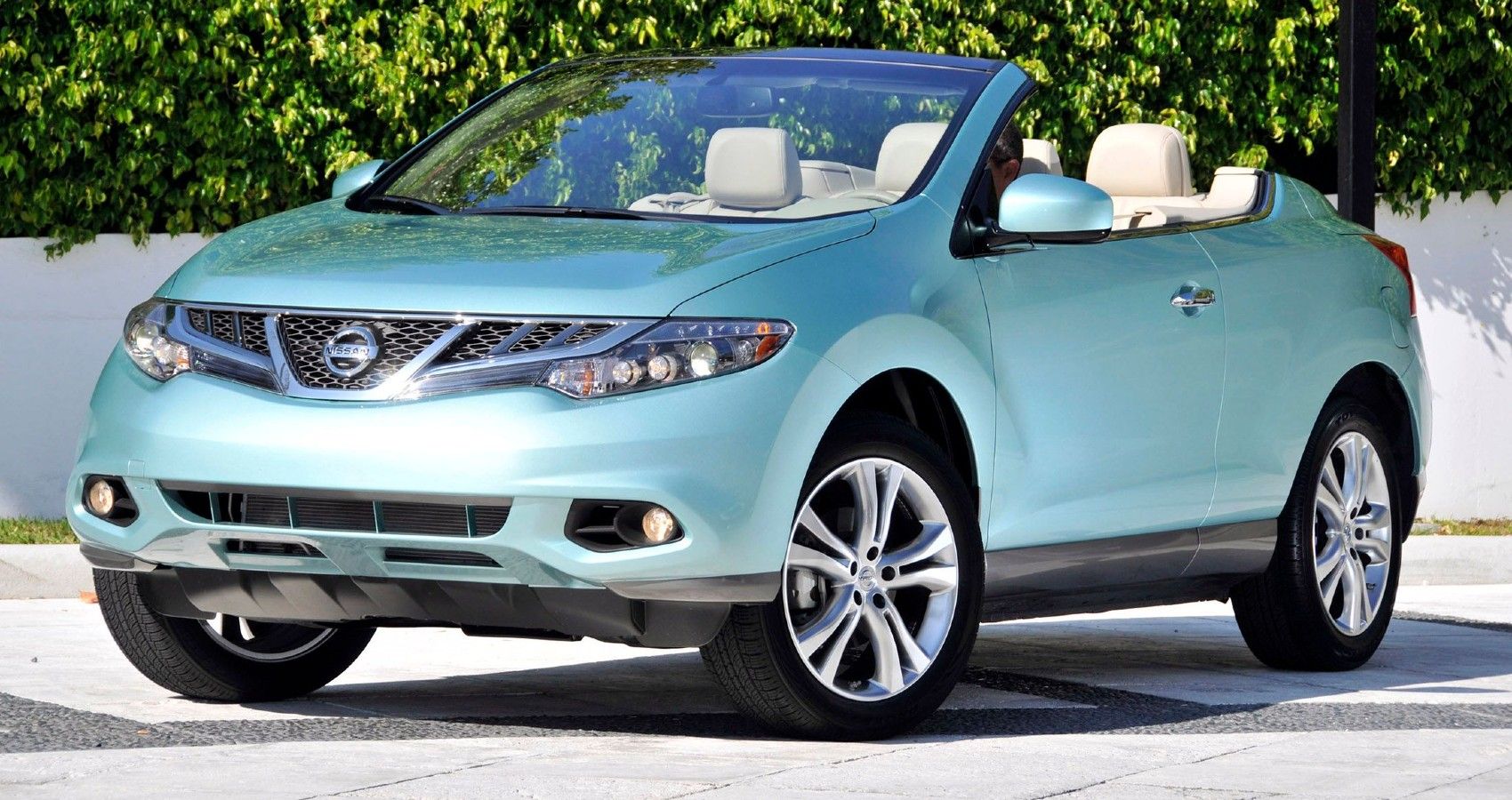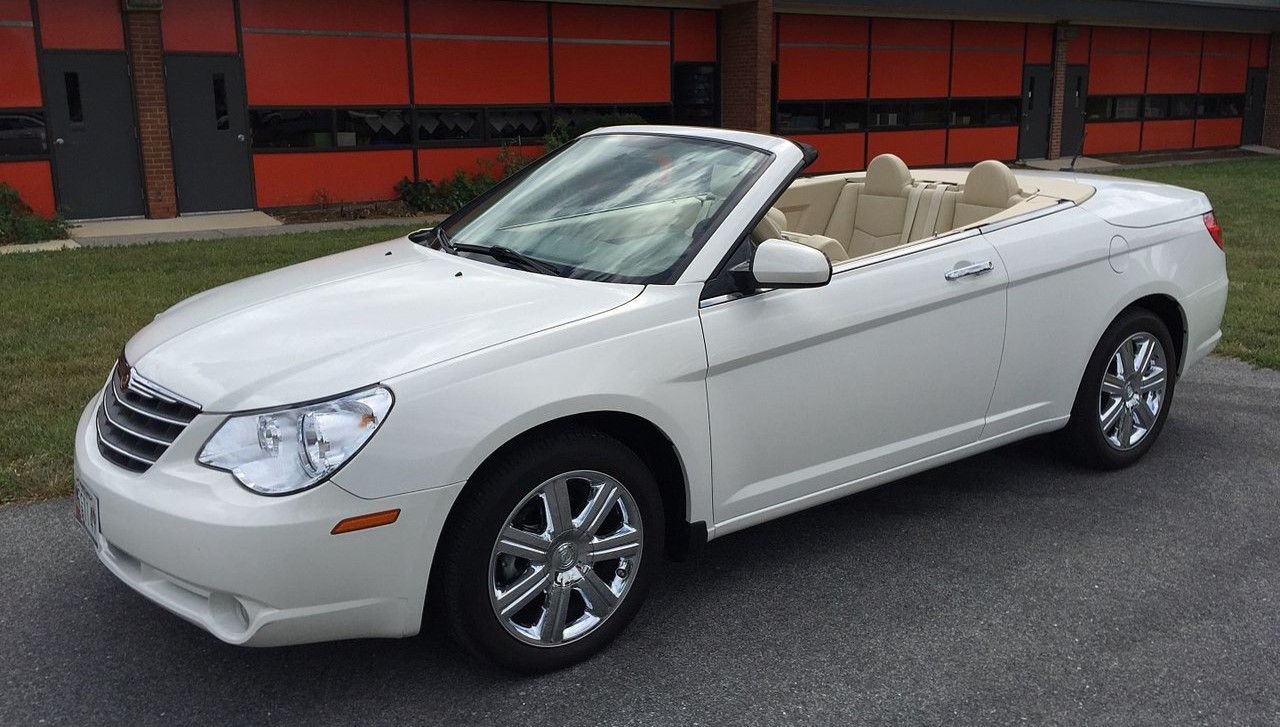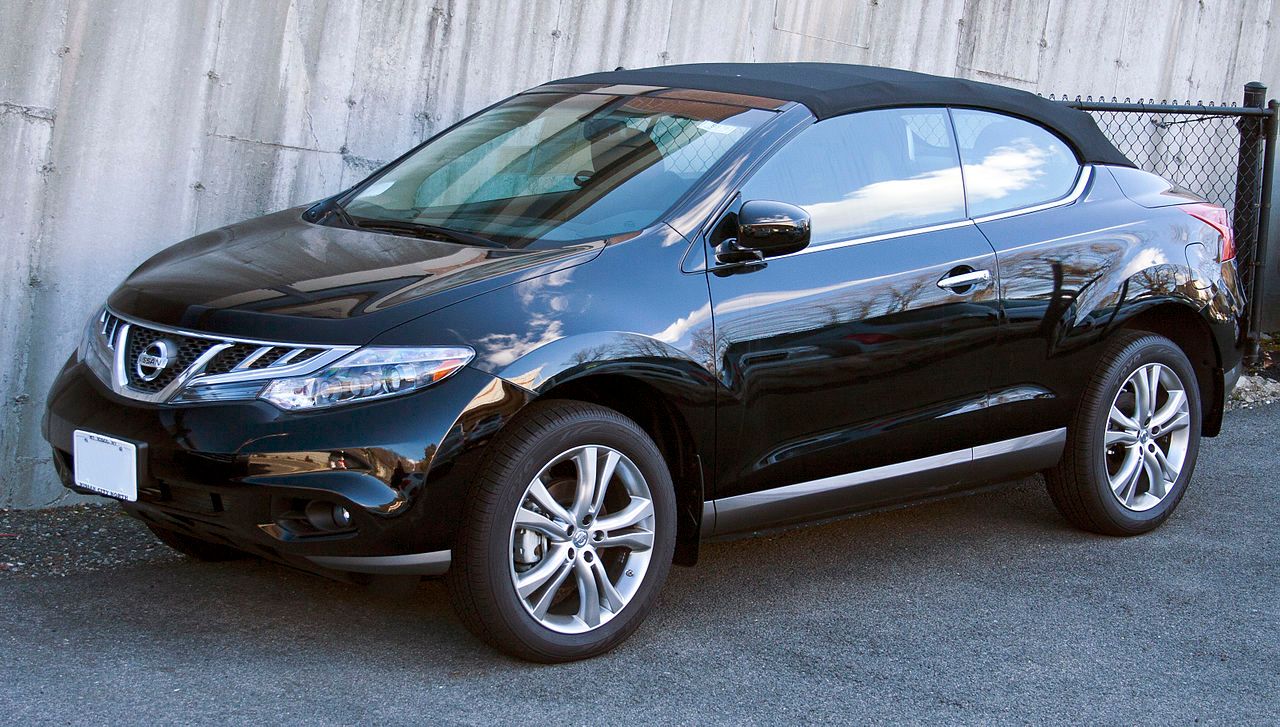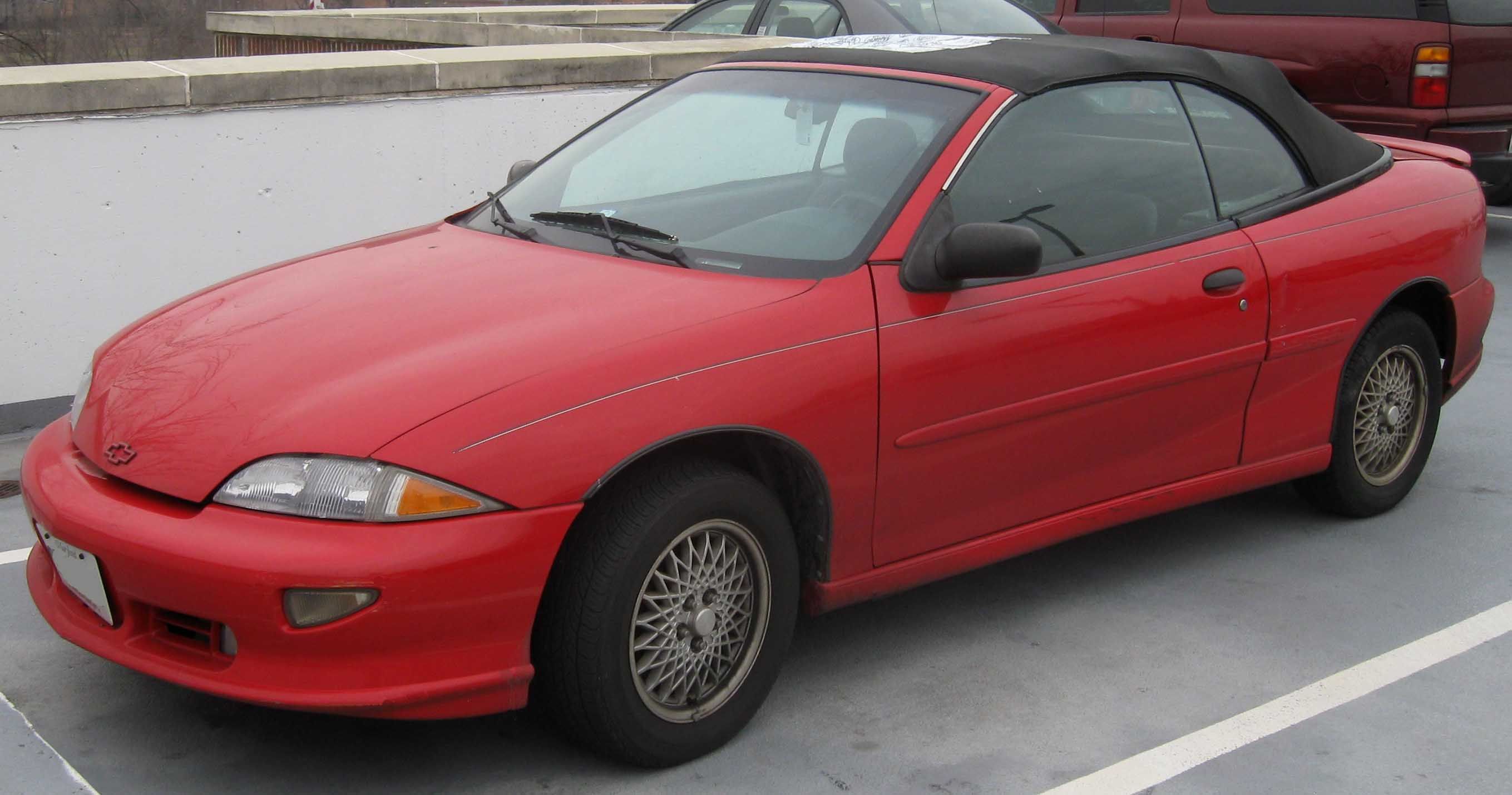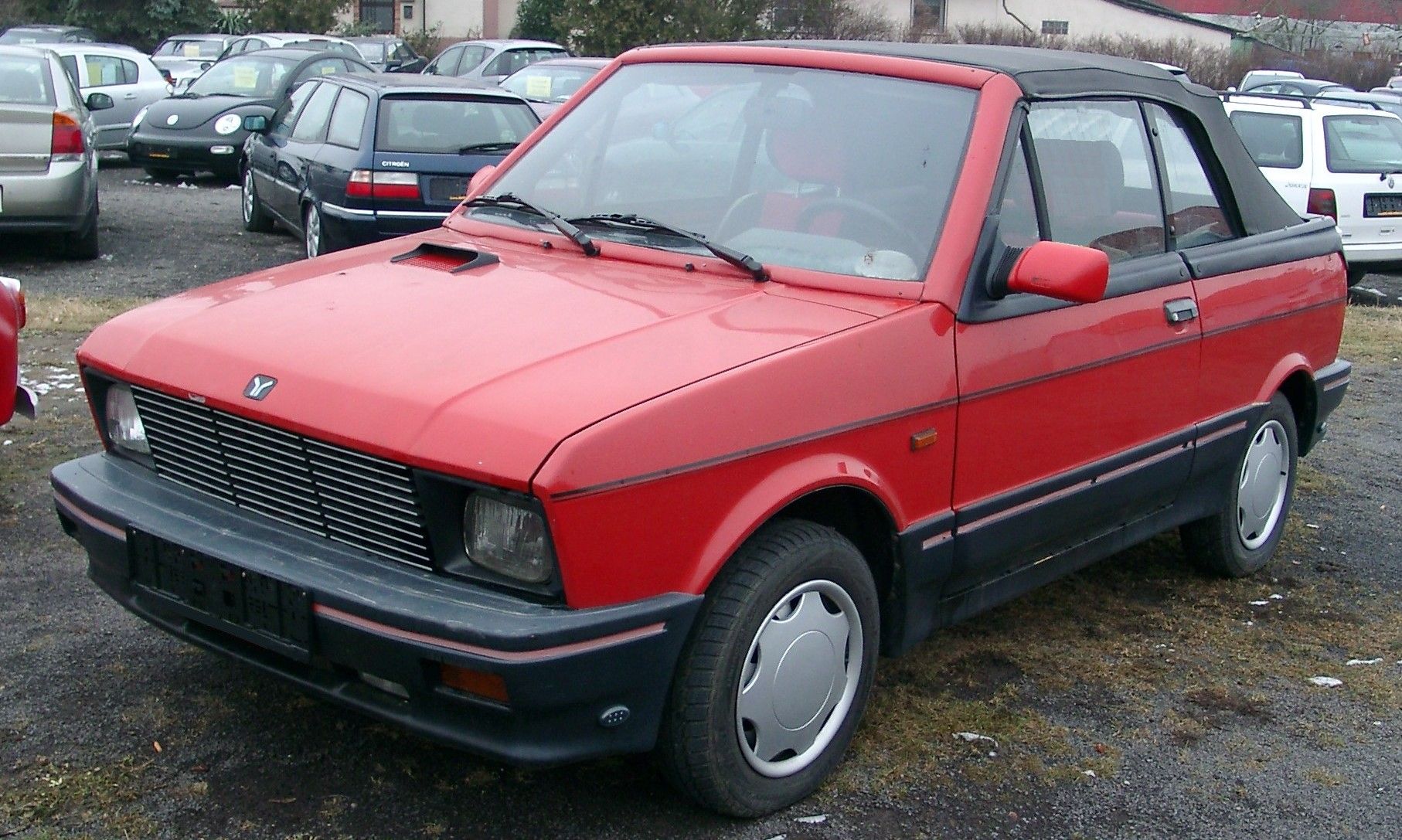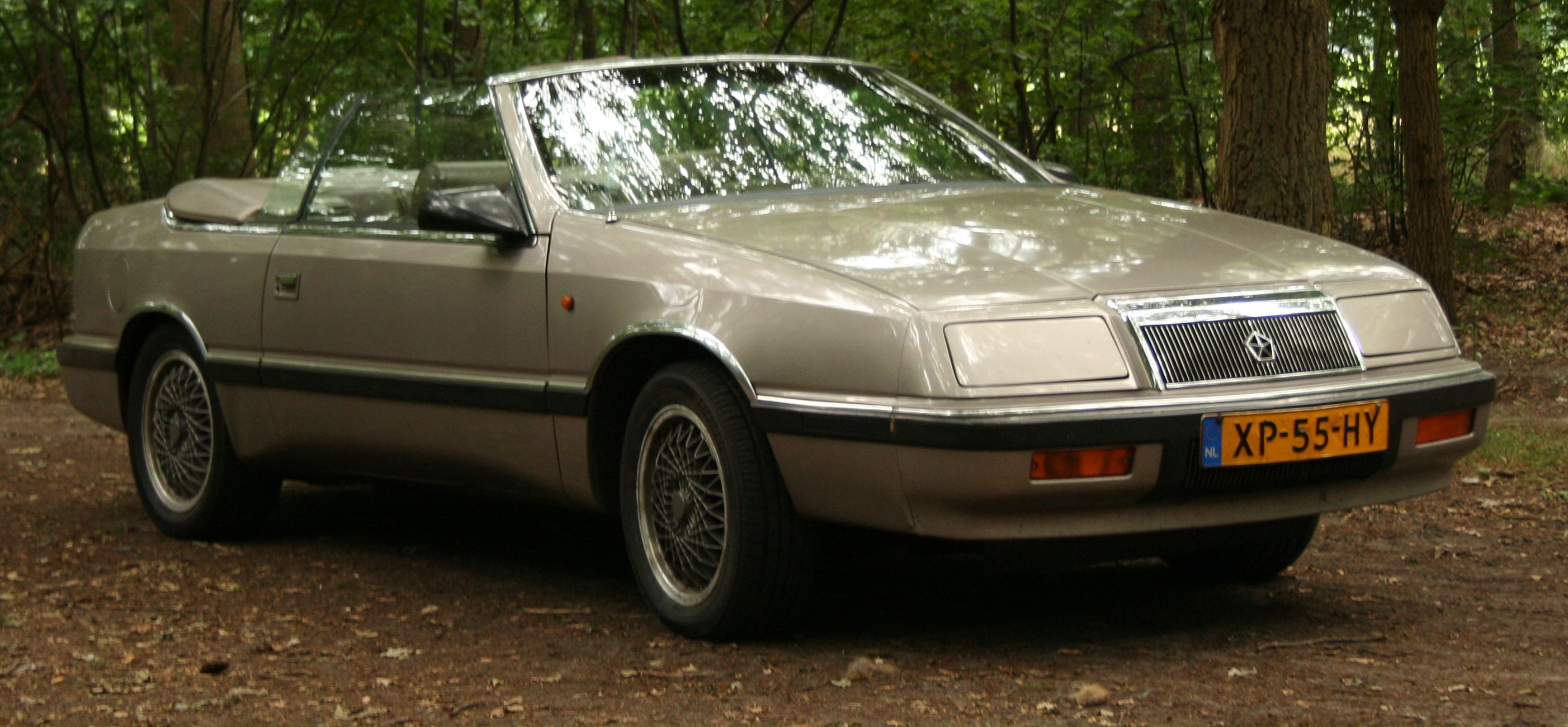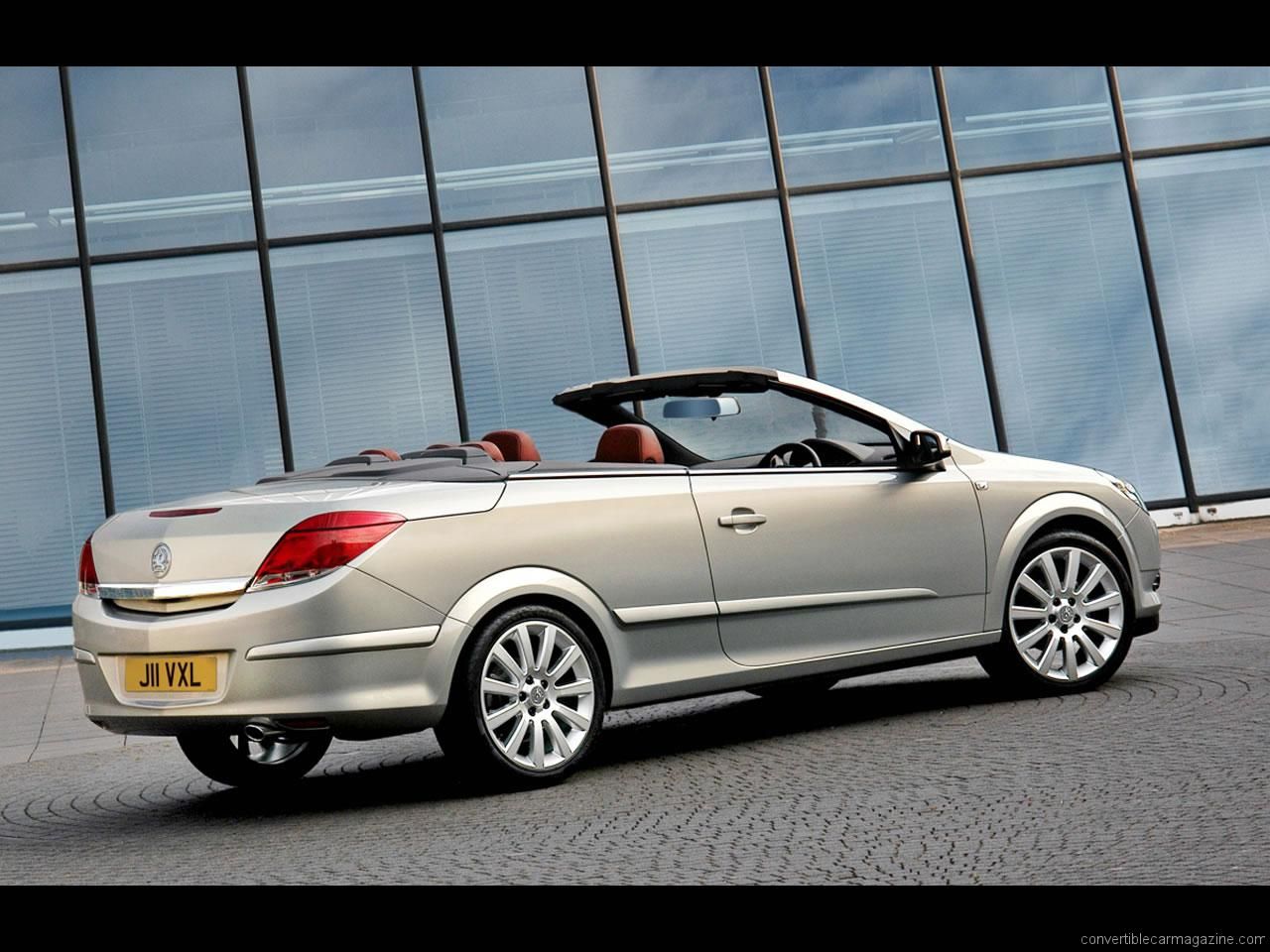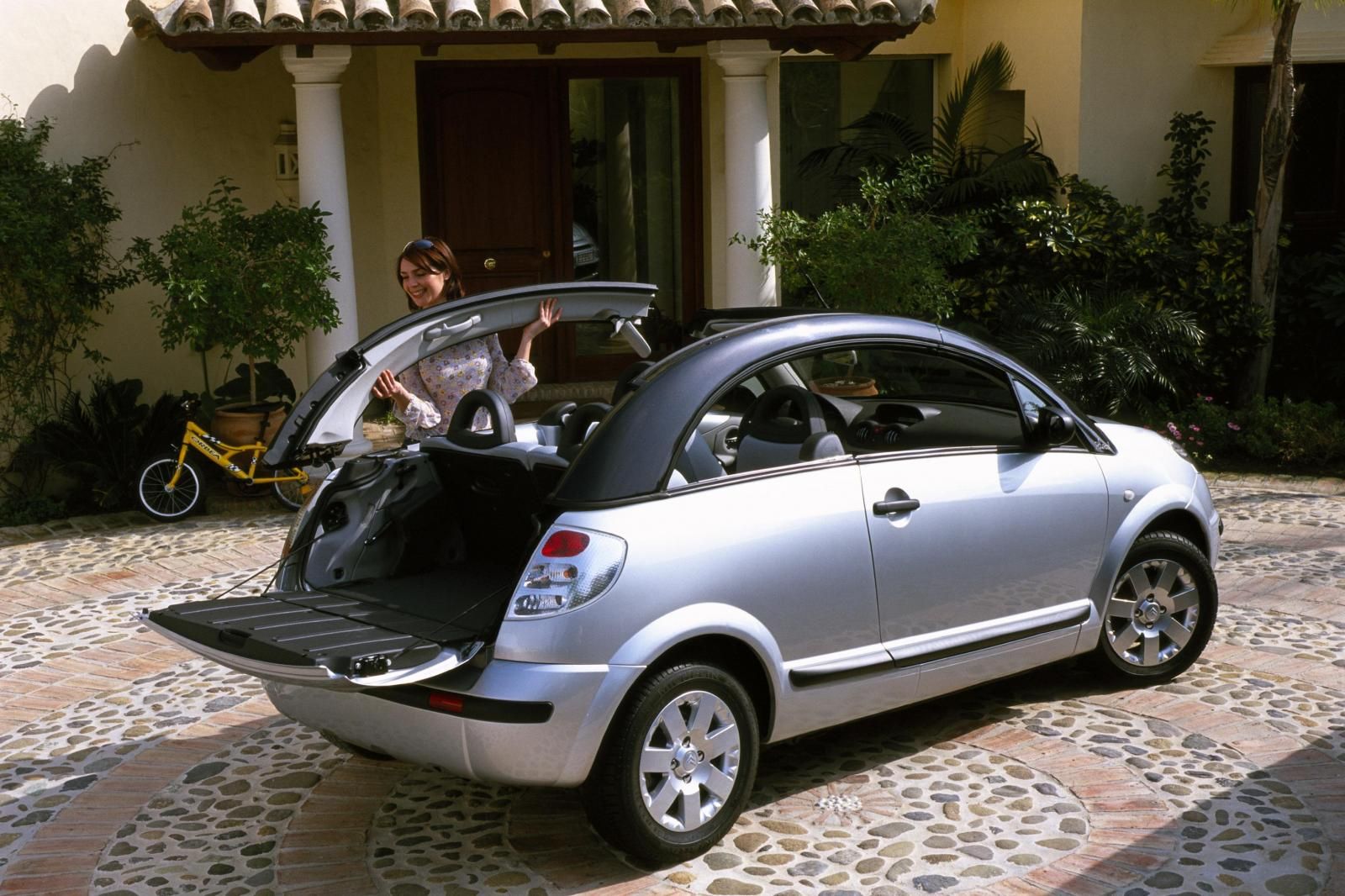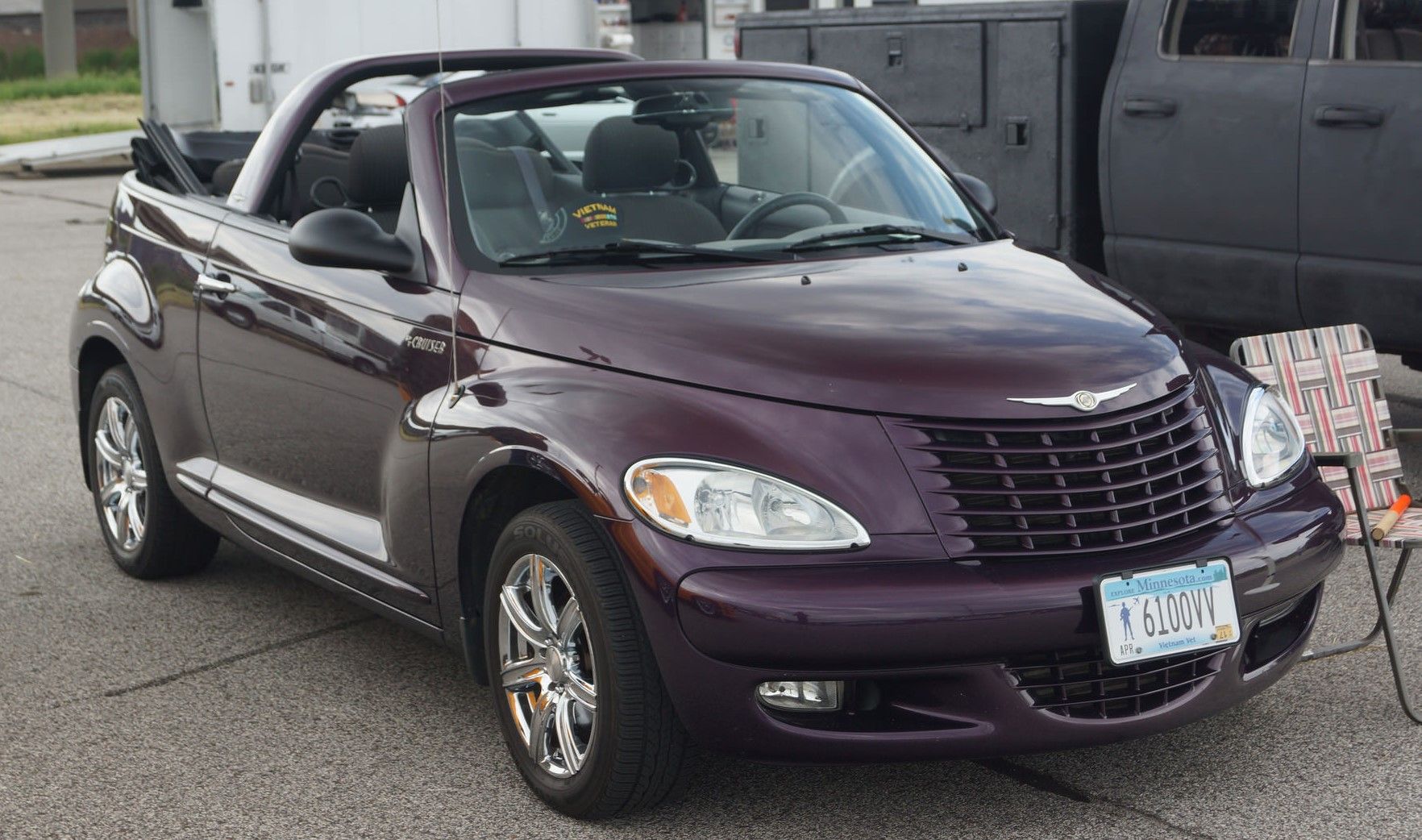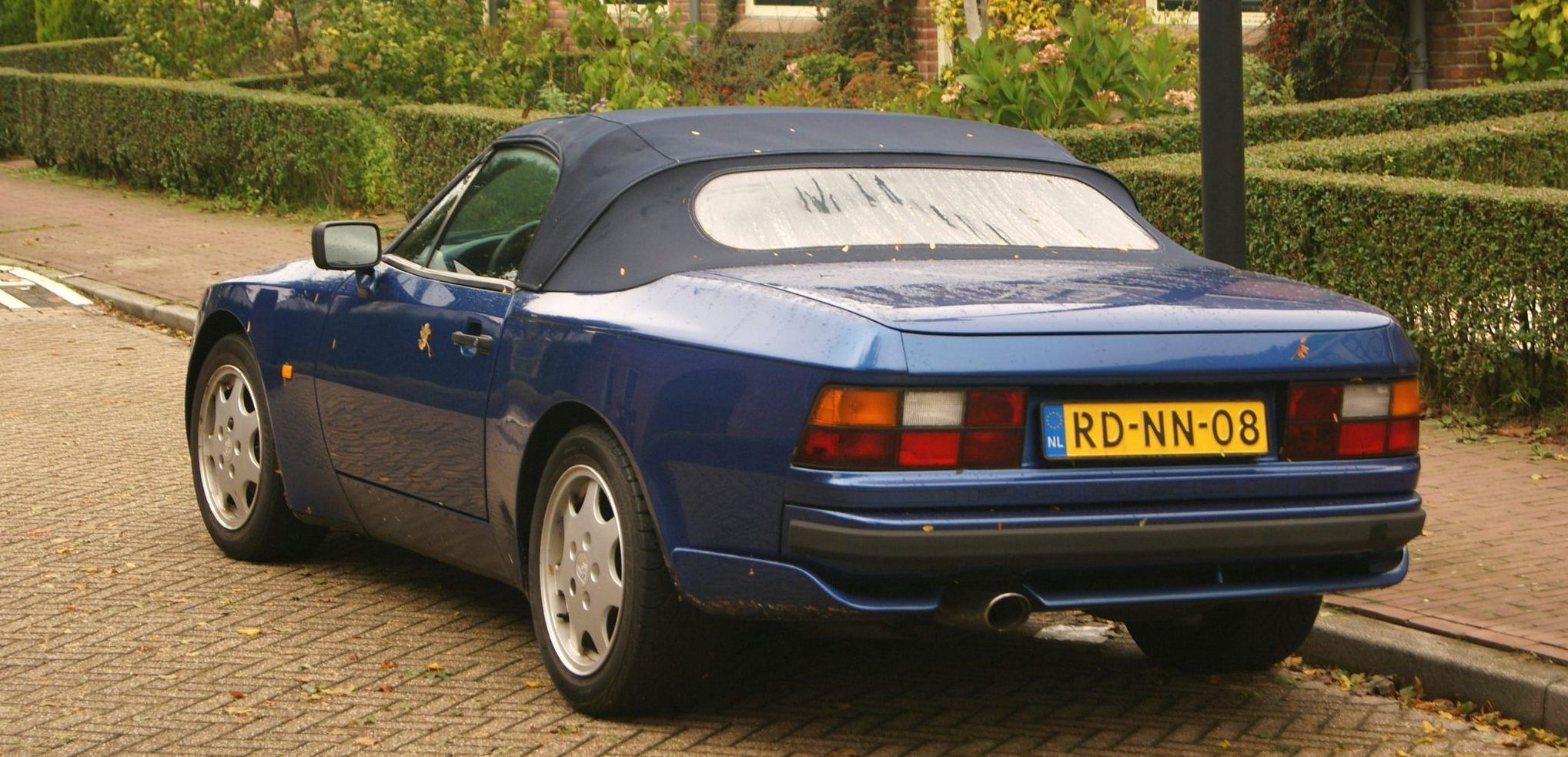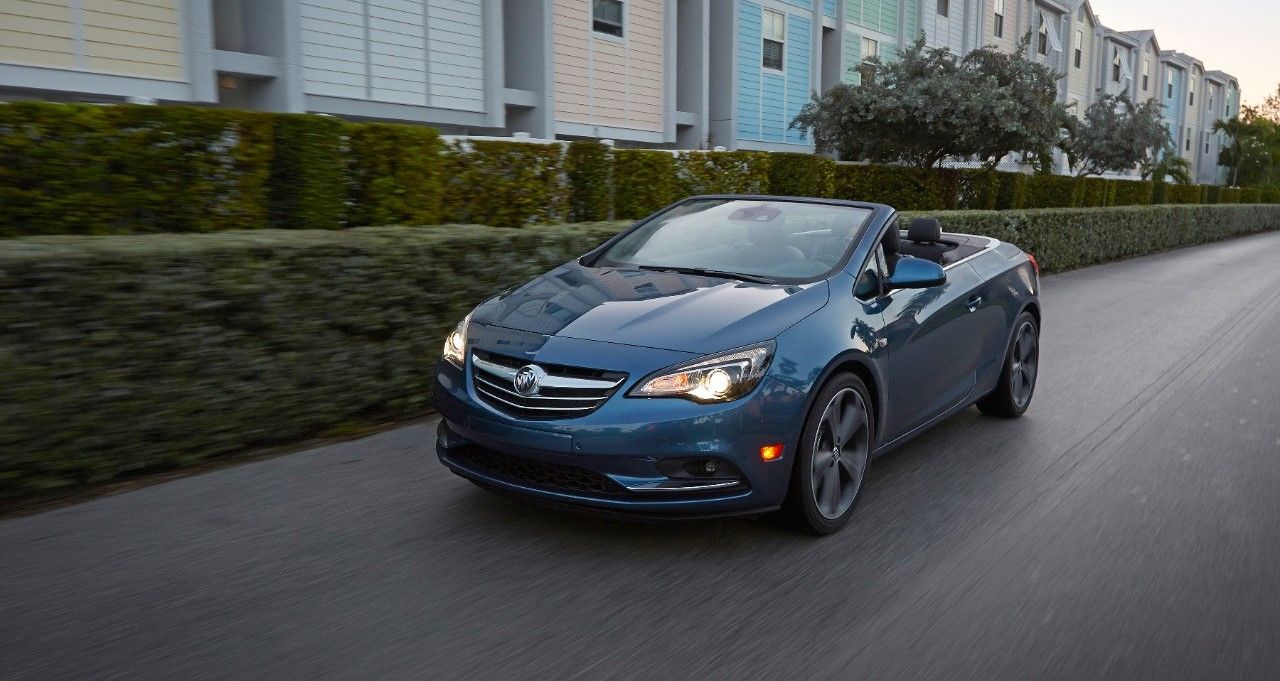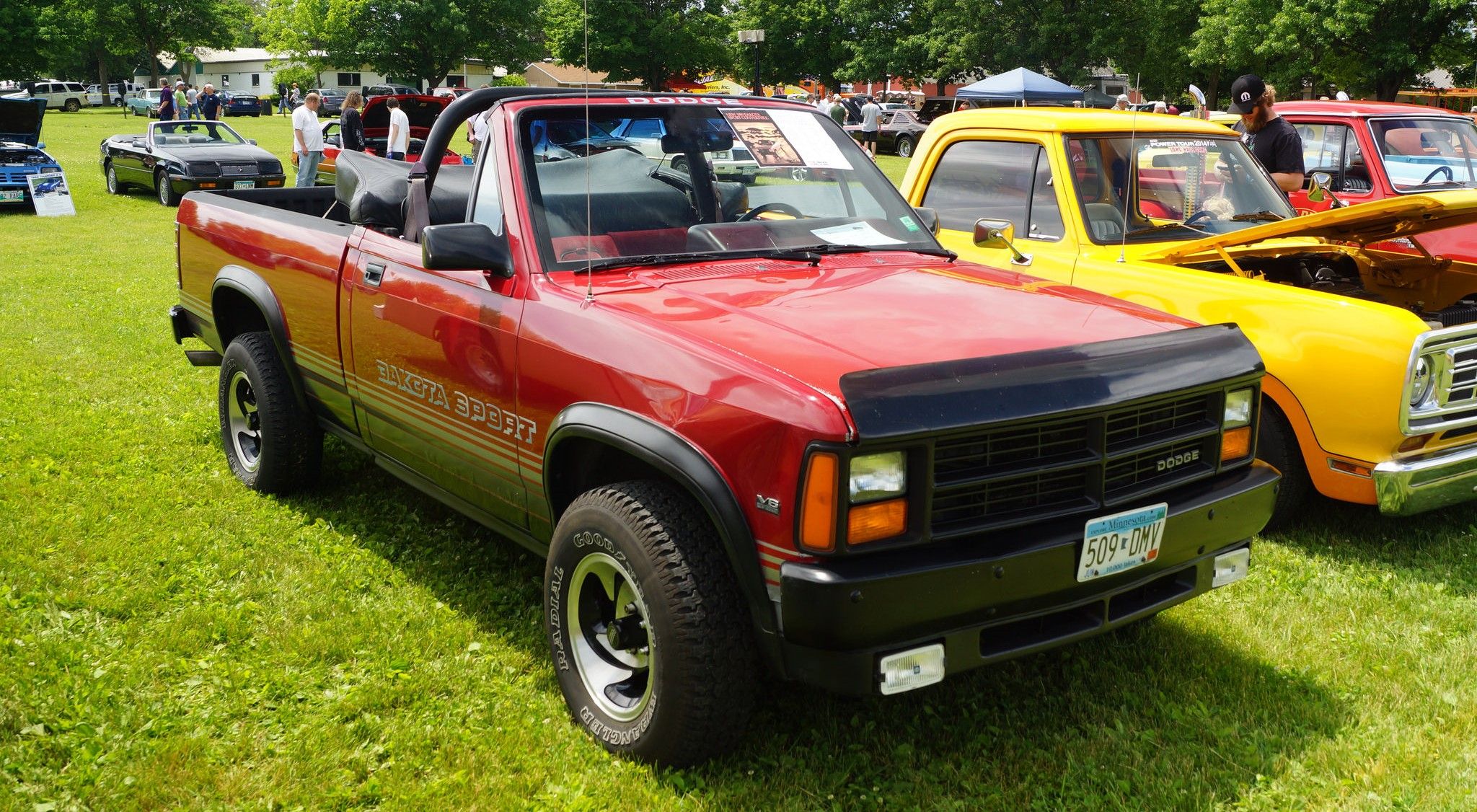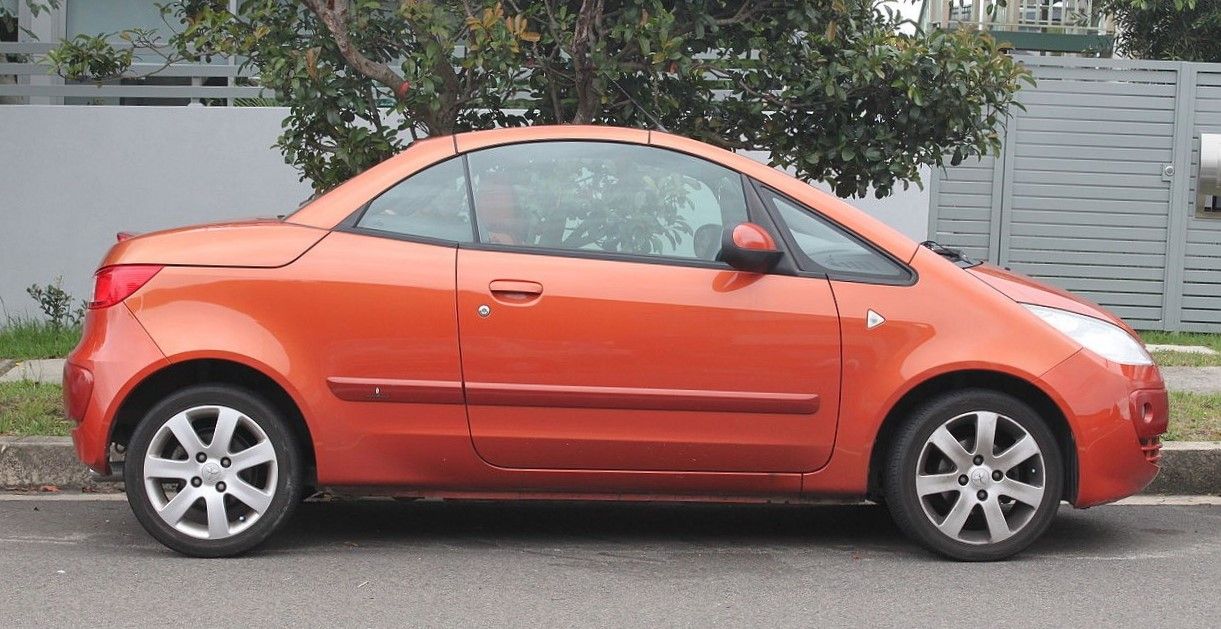There's nothing quite like a convertible. Even the best luxury SUVs with beautiful panoramic sunroofs can't match the thrilling open-top experience of driving a convertible; driving in the open, fighting the wind, and sunbathing while on the go is an experience good enough to heal even the worst heartbreak. Although convertibles have a few drawbacks, such as limited security and extra maintenance, the driving experience offered by these cars is enough to make drivers turn a blind eye. When added to a performance car, an open cockpit can make a driver feel far more in tune with the vehicle and the world around them.
Updated June 2022: If you're looking to buy a convertible to cruise around in this summer, you'll be happy to know that we've updated this article that was first published in 2018, to present some of the most disappointing convertibles ever made.
While the auto market is flooded with excellent convertibles, there exists some that even the car amateur will not appreciate. When a convertible is poorly built, issues such as cowl shake and disconcerting driving characteristics begin to emerge. Then there's the styling. It seems like some automakers put all of their efforts into designing the standard model and cannot transfer the original roofline onto a folding roof. Soft tops can look flimsy and poorly proportioned, while folding hardtops often require a gigantic trunk, often resulting in a huge, unflattering rear deck that clashes with the car's lines. Even though there are many incredible convertibles for sale, here are 20 examples to avoid.
15 Chrysler Sebring
Even though it's not the worst car Chrysler produced, the third-generation Sebring still wasn't a good car. It had bizarre styling, a terrible interior, and undesirable powertrain choices. While the Sebring convertible might look better than the awkwardly proportioned sedan, that's not saying much, especially considering the drop top's massive, flat rear deck.
While the car was also offered optional V6 engines, they didn't improve the Sebring's performance much. Many of them had a 173-horsepower four-cylinder motor. And although this seemed powerful, the car was too heavy. Perhaps the only positive note is that the Sebring is one of the few convertibles with usable rear seats.
14 Nissan Murano CrossCabriolet
Crossovers are taking over every automotive segment. They're replacing sedans, wagons, sports cars, and off-roaders. However, these vehicles have yet to impact the convertible market. However, that hasn't stopped a couple of automakers from trying to build a crossover convertible. Nissan is the first with its Murano CrossCabriolet.
While convertibles are often seen as sporty vehicles, the CrossCabriolet was not, given its CVT automatic and 4,435-lbs curb weight. The roof is poorly proportioned, and Nissan left a large rear deck, which Land Rover could avoid with its recent Evoque convertible. The CrossCabriolet was at least something different in an otherwise played-out market. There are several badass SUV convertibles, but the Murano CrossCabriolet is not one of them.
13 Chevrolet Cavalier
Via Wikimedia Commons
It's unlikely that anyone would consider the Chevy Cavalier a fun vehicle. Chevy thought removing the roof might change consumers' minds, but there's nothing that could make the model appealing beyond its low price and excellent fuel efficiency. While the soft top replacement was actually not bad, as it surprisingly retained the car's lines, the real problem was the car itself.
The Cavalier just hasn't aged well at all. It's an ancient design with forgettable performance and an awful interior. Most had the 2.4-liter 4-cylinder engine with 150 horsepower and were rather sluggish. The Z24 version with its V6 was much quicker, running from 0-60 in 8.2 seconds, with its top speed being 121 mph. A folding roof wasn't going to transform the Cavalier into an exciting car worth buying, and it certainly wasn't going to improve its already unimpressive performance.
12 Yugo Cabrio
This car clears illustrates that Yugo and convertible shouldn't exist in one sentence. It's unlikely any car will ever be as openly mocked as the Yugo. Regardless of its poor design choices and extremely basic layout, the company was ambitious, making both a performance version and a convertible.
Given the model's poor reception when it was new, chopping off the roof did not improve the public's perception of the vehicle and certainly didn't improve the model's driving characteristics. On the plus side, the small Yugoslavian company did a better job at making a roof that fit the shape of the car than some multi-million-dollar companies have in recent years.
11 Nissan Micra C+C
There isn't much to say about the standard third-generation Nissan Micra other than its unique styling that was far more intriguing than the comparable Versa sold in North America. Unfortunately, the convertible Micra C+C was hideous. Its long, truck-like rear end ruins the car's round shape.
For reasons only known to Nissan, the company decided to make the model a hardtop convertible rather than going with a soft-top design that could've retained the car's shape, as Volkswagen did with the New Beetle. Not to mention, a fabric roof would likely have decreased the price. And from its tiny 1,386 cc powertrain comes a top speed of 109 mph and a 0-60 mph acceleration time of 12.8 seconds. That's not thrilling enough for a convertible.
10 Chrysler LeBaron
LeBaron is a historical name for Chrysler's luxury models. It has been attached to the brand's most well-known premium models, such as the Imperial and Airflow. By the '80s, however, the name was associated with some rather sad vehicles, one of which is this convertible. Although it has become a rare artifact, the Chrysler LeBaron was just a basic vehicle that was not worth too much money.
Much like other Mopars of the time, the LeBaron was built on the K-body, a low-end budget car platform. Possibly to make it seem more luxurious, the early '80s LeBaron was available in a drop-top design that could be further "upgraded" with the Town and Country package, adding some awful fake wood grain to the sides of the already dull vehicle. Powering the LeBaron was a 3.0-liter V6 engine. Sounds good, yeah? The bad news is that it produced only 141 horses and 171 lb-ft of torque.
9 Geo Metro
There are many ways to improve a boring car, and it's especially easy when the car in question is a lightweight economy model. The easiest way is to drop in a more powerful motor and install stiffer suspension. Turning such a car into a convertible, however, is less common. The Metro was never really a fun car, but Geo gave it the chop top treatment to possibly spice it up.
Given how small, tinny, and basic the standard Metro is, it's not hard to think about how compromised the structural integrity is on the convertible. Worse still, the roof design wasn't even half as good-looking as the considerably older Yugo.
8 Vauxhall Astra TwinTop
During the 2000s, Europe seemed obsessed with hardtop convertibles, which affected many compact cars, such as the usually dull Opel and Vauxhall Astra. Known as the TwinTop, possibly named as such to imply that it could be both a coupe and a convertible, this version of the Astra made the folding metal roof design work surprisingly well, despite the car's original hatchback body.
However, performance was an issue due to the extra weight of that heavy roof. The 138-horsepower 1.8-liter engine took over 10 seconds to reach 60 mph, and less powerful motors were available. Although these alternative motors were also quite reliable, the Astra TwinTop was just an alternative convertible when a buyer couldn't afford a much open-top like the Peugeot 306.
7 Citroën C3 Pluriel
Looking at the Citroën C3 Pluriel, it isn't easy to see how the roof folds. Citroën decided to make something different by designing the fabric center of the top to roll down and making the sides of the roof completely removable. While the simplicity and modularity of the design may seem like a clever idea, it's completely impractical. There's nowhere to store the roof frames inside the car, meaning that it is impossible to put the roof back up if it starts to rain during a drive. On a similar note, one would also need a place to store the roof rails in their home.
The driving experience is also too noisy and boring. At least with the top closed, the cabin is relatively quiet, and the performance is a little improved. The dash is directly borrowed from the C3 hot hatch, so it looks fantastic. The finishing, however, is poorly done with hard cheap plastics. The front seats are spacious and relatively comfortable, but the rear seating is only good for children.
6 Chrysler PT Cruiser
The PT Cruiser wasn't so bad when new, judging from its popularity. However, over the years, the vehicle has completely lost its appeal. It has become a complete joke of a car. The convertible variant likely didn't help its image that much. With its shorter, two-door body with no trunk, the soft top Cruiser was awkwardly proportioned.
Adding the basket-handle roll bar, Chrysler probably thought it would make it look cooler. It didn't. Instead, it left the convertible looking like an aftermarket chop top job. If it could help, Chrysler should have fitted the car with a better powertrain to give the Driver a quick acceleration to shame their shamers. Instead, the vehicle was equipped with a 150-horsepower engine that only managed about 10 seconds to sprint to 60 mph.
5 Smart ForTwo Cabrio
There's almost no way to make a Smart ForTwo a desirable car to a public that already hates it. Although some celebrities, like Mel Gibson, drive the Smart ForTwo, it's simply too weird and impractical as a daily driver for many to consider. Fitting a folding roof into such a tiny package is a task many other automakers have failed at, but Smart accomplished it without losing the model's iconic shape.
Unfortunately, the actual open roof area is relatively small, making the Cabrio a questionable investment over a standard ForTwo, especially considering that the basic model has an available glass roof. Is the tiny patch of open air really that much better than just rolling the windows down?
4 Porsche 944
There aren't many bad Porsches, and the 944 certainly isn't one of them. These cars are popular for many reasons, primarily due to their performance and how easy they are to work on. Given how cheap 944's can be, it's a good budget performance option.
The convertible model, however, is a strange-looking beast. The worst part of this car is the roof itself, as it is such a small, lumpy design that looks awful when put up. Porsche went through a lot of trouble just to offer a convertible. The company contracted another company to modify the hardtop 944 into a convertible, prompting a price increase of almost $7,000.
3 Buick Cascada
In recent years, Buick has sold many rebadged Opels to Americans, and one of its most recent additions to its lineup is the Cascada, a dedicated convertible offering. There are few other convertibles on the market that aren't sports or muscle cars, making it a unique offering today. Unfortunately, the Cascada is just good on paper or from a distance.
While it isn't a huge car, it weighs more than the larger Chrysler 200 convertible, which occupied this market segment before the Cascada. Unlike the Chrysler, however, the Buick is only powered by a 1.6-liter four-cylinder engine with 200 horsepower. And while this is a decent output, the car takes 8.3 seconds to sprint from 0-60 mph. Drivers have reported terrible cowl shake as well.
2 Dodge Dakota
Unlike full-size pickups, compact trucks are meant to be practical, with only a few exceptions. This was especially true in the '80s before pickups became the status symbols they are today. For whatever reason, Dodge decided to create a soft-top Dakota, one of the few convertible trucks ever made.
It's undeniable why there are so few examples of such vehicles, primarily due to how the work truck and drop-top cruiser images completely clash. The Dakota Convertible was not much of a cruiser if it could only move three people, and it wasn't much of a work truck given its weak V6. On the plus side, the Dakota Sports Convertible remains a legend for introducing the convertible style to the pickup truck segment.
1 Mitsubishi Colt CZC
In specific markets, Mitsubishi sells the Colt as its small, cheap compact. Where Nissan tried to make the Micra attractive for this segment, Mitsubishi went for a more conservatively styled vehicle, except for the CZC hardtop convertible model.
The standard Colt has the styling of a scaled-down minivan, which made turning it into an aesthetically pleasing convertible quite difficult, a task that Mitsubishi wasn't skilled enough to accomplish. It is incredible how jarring the CZC's rear deck is, mainly due to its sloped front end. It honestly looks like it was styled backward.

